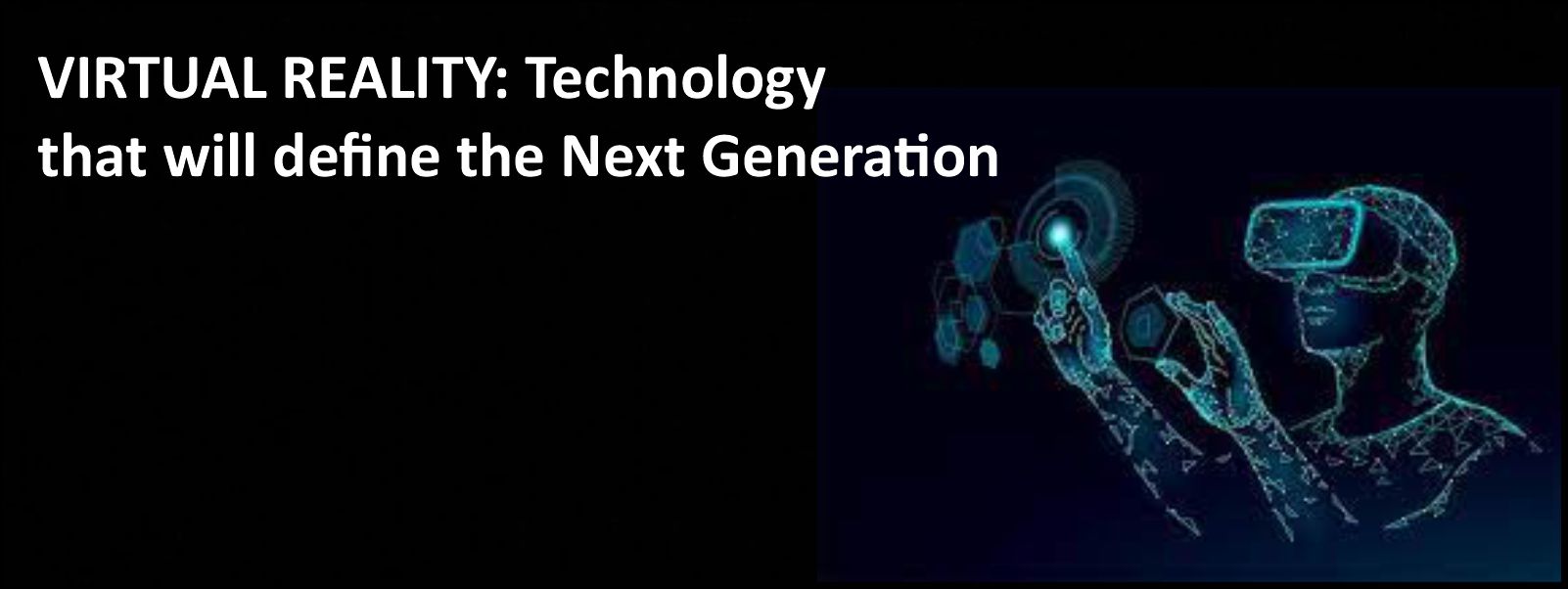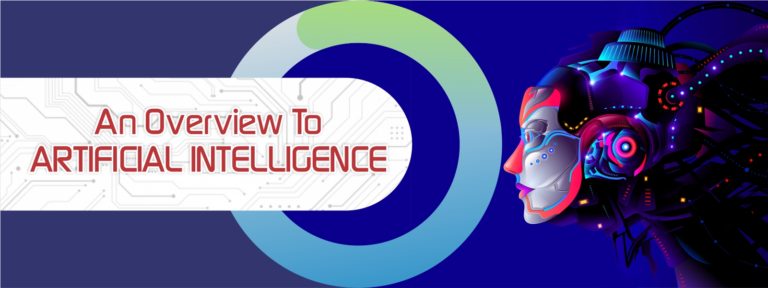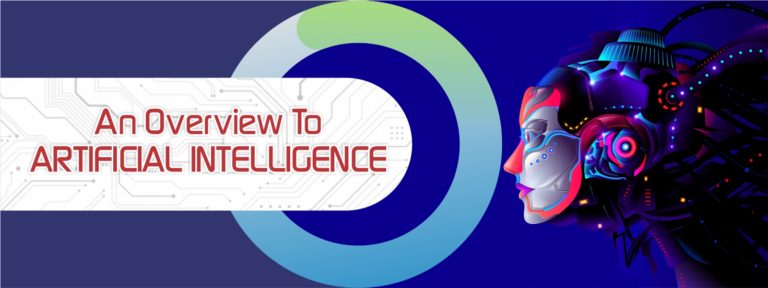
VIRTUAL REALITY: Technology that will define the Next Generation
Virtual reality is a household term in everyone’s life today. It is nothing but a use of computer based technology to create simulated environment and instead of viewing a screen users are able to interact with 3D worlds.

Virtual Reality (VR) means experiencing objects or things through our computers that actually don’t really exist. Virtual Reality is already becoming a very in demand concept, and with so many new cameras and devices, it can be easy to feel left behind. That’s because VR is still relatively new technology.
How does Virtual Reality work?
There are a number of hardware and software that will enable people to experience Virtual worlds. Hardware like headphones, goggles, specialized gloves and all direction treadmills for running and jumping, thus allowing the wearer to explore the environment and to experience touch in a virtual world.
The main challenge is to make human brain believe digital content as real. VR headsets put one or two screens (one for each eye) resulting in eliminating any interaction with the real world. The minimum fps 60 is required to make virtual projections look real and 100/110 degree field sight is achieved.
Applications of VR
Major industries already using VR are:
- Healthcare
Professional work on virtual models to prepare themselves for real patients and it has been used as pain reliever and to treat mental illness.
- Automotive
It enables engineers to simulate models for look and build of the vehicle before making costly prototypes. Brands such as BMW and Jaguar Land Rover already use VR to hold early design and engineering reviews to check the visual design and object obscuration of the vehicle
- Retail
Soonbody-scanning technology in VR would allow us to try clothes in the virtual world to see how they look in person. It will solve the problem of online buying of cloth without trying.
- Tourism
Industry is trying to take a virtual tour of your holiday package or hotels before booking it. Also, Google Expeditions is another way tourism can become more accessible. Users can travel the world from the comfort of their own home, allowing people of all ages and backgrounds to explore coral reefs or the surface of Mars.
- Education
VR will help enabling students to learn in an immersive, experiential way and students can attend any lecture from the comfort of their home.
In every generation, there is a technology that defines them. The next generation will be surrounded by virtual reality in all aspects of their life. In school, virtual environments will be learning grounds for biology, space, history, civics and more. At home, virtual environments will be used to keep people entertained limiting people to visit movie theatres and sports grounds.



